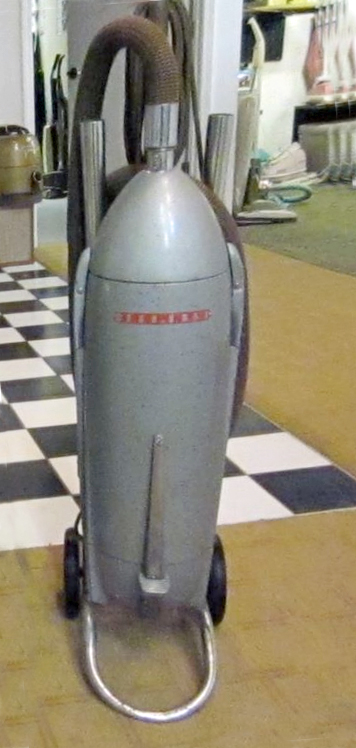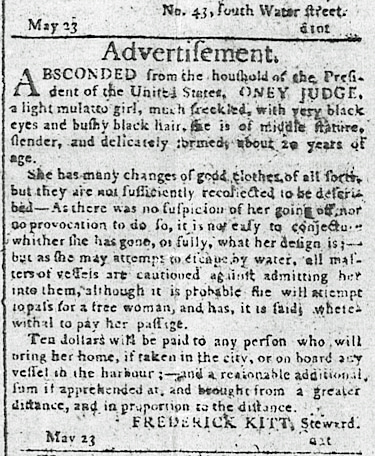Remember that hour of sleep you gained last November when we went on Central Standard Time? Well it is coming due for payment as we switch to Central Daylight Savings Time. Before you go to bed on Saturday night, March 10, be sure to set your clocks ahead an hour.
As of 2 a.m. that Sunday morning here in the Central Time Zone, we all moved to Central Daylight Savings Time, meaning when it’s noon in Yorkville, it’s also noon in Ottumwa, Ia. and in Green Bay, Wis.
As you have probably gathered from material I’ve written over the years, one of the things I’m fascinated with is how things we take for granted came to be the way they are today. And time was, when it was 9 a.m. here in Oswego, it wasn’t anywhere close to 9 a.m. in, say, Council Bluffs, Ia. because each community set their clocks by when the sun was directly overhead at noon.

The original time zone map for the United States has undergone a few modifications since the system was established in 1883, but for the most part the zones established 135 years ago are still largely intact.
This really wasn’t much of a problem for the first hundred years of the nation’s existence, but with the advent of railroads and their rapid expansion across the country, timing became a real challenge. It wasn’t only an issue with travelers, but safely scheduling increasingly fast trains on multiple tracks became a real, and sometimes deadly, problem.
So the big railroads in the U.S. and Canada got together and in 1883, they announced a new system of time zones across North America in which the time would be identical for all areas within each zone. And when the railroads, then the biggest economic power in the country, announced their new time zones were going to be put into effect starting Nov. 18, 1883, the entire nation was pretty much obliged to go along with them.
The Nov. 22, 1883 Kendall County Record announced the new time schedule in a prominent article headlined “Change of Railroad Time; Nine Minutes Slower.” As Record Editor John R. Marshall reported:
“By concerted action, which has been under discussion for some time, the leading railroads have established a new method of reckoning time, and it went into effect on Sunday last at noon.
“Heretofore, trains on different [rail]roads have been run on Chicago time or St. Louis time or Burlington or New York time, as the managers saw fit, and much inconvenience has been occasioned thereby. Now, instead of time being changed by the sun as we proceed east or west, for certain territories a fixed time has been established without regard to the time the sun’s ascension or declination would show. The territory is arbitrarily fixed by meridian lines, if we understand the matter rightly. With us, it is the 19th Meridian, known as ‘Central Standard Time,’ and it is nine minutes slower than Chicago time. This standard reaches to all points east of the Missouri river, so that, if we read right, 12 noon at Chicago is 12 noon at Council Bluffs, Ia. Under the old time, when it was 12 at Washington [D.C.], it was 11:17 at Chicago and 10:44 at Council Bluffs.”
A press release furnished the Record by the Chicago, Burlington & Quincy Railroad informed Marshall that:
“This new time will be generally adopted by all the railroads in this section of the country and I would suggest the advisability of your considering its adoption for the standard time in your city.”
In other words, communities were free to adopt the new standard time or not. But since all of the nation’s railroads were going to operate on the new time, and since railroads were then the backbone of the nation’s economic system, not adopting the new standard simply didn’t make much sense.
Locally, the impact wasn’t very great since Kendall County is so close to the center of what became the new Central Time Zone. As Lorenzo Rank, the Record’s Oswego correspondent observed in his Nov. 29 column:
“The new time arrangement by the railroad authorities has called forth many newspaper notices. This locality is hardly any affected by it, being left with the true time nearly as much so as before—the Chicago time by which it was governed was about 4 minutes too fast, that now adopted 5 minutes too slow—but on the dividing lines its effects will be much felt and work queerly.”
As Rank noted:
“On the west side of the line the time always will be 30 minutes ahead of the true time, while on the east side it will be 30 minutes behind, making a difference of one hour between the two sections, so when a man jumps on a horse and gallops to a place east over the line some distance, making it in 30 minutes, he will get there a half hour before he started from home, but in returning at the same speed, it will take him an hour and a half.”
Not all areas of the country agreed with the railroads’ effective seizure of authority to set local time. But use of standard time gradually increased because of its obvious practical advantages for communications and travel.
/cdn.vox-cdn.com/uploads/chorus_asset/file/2403366/667px--Saving_Daylight__-Set_the_clock_ahead_one_hour_and_win_the_war-_uncle_sam__your_enemies_have_been_up_and_are_at..._-_NARA_-_512689.0.jpg)
Daylight Savings Time was introduced as an energy saving measure during World War I. Dropped after the war, it was reestablished when World War II broke out.
Odd as it may seem, standardized time zones across the country were not established by U.S. law until the Standard Time Act of March 19, 1918, which also established Daylight Savings Time, a much more controversial idea, especially in rural areas like Kendall County.
Benjamin Franklin first proposed the idea of Daylight Savings Time in 1784, but it wasn’t until 1895 that George Vernon Hudson proposed its modern incarnation. Not until wartime conditions made the time right to establish nationally standardized time did Hudson’s idea become law. And an unpopular one at that.
But given the patriotism stirred up by World War I, the nation was willing to give it a try. Kendall County Record Editor Hugh R. Marshall (son of John R. Marshall quoted above) observed that the idea didn’t prove as problematic as many feared, asking in the April 3, 1918 edition:
“Didn’t mind it, did you? You never noticed the change of time after the novelty wore off, but did you notice that you did not burn so much light at night as before?”
But the nation’s farmers did notice it. Because the cows that needed milking and the cattle and hogs and chickens that needed feeding didn’t care one little bit about what the farmers’ clocks said. They were running on their own internal clocks provided and maintained by Mother Nature, not some arbitrary schedule, even if it was codified into law.
While Congress voted to repeal Daylight Savings Time after the war—over the veto of President Woodrow Wilson—the idea of standardized time zones across the entire country remained enshrined in law. Daylight Savings Time returned once again during World War II, again touted as a method of saving energy. Referred to as “War Time,” Congress again voted to repeal it as soon as the war was over, much to the glee of farmers across the nation. The Record’s Oswego correspondent happily observed in the Oct. 31, 1945 edition:
O! the joy and peace and contentment when the announcer is heard to say, “We have no two-timers this morning; Central Standard has come to stay,” (we hope).”
Daylight Savings Time was finally made U.S. law in 1974 in the midst of the energy crisis, touted, just as it had been during the two world wars, as a way to save energy. And this year, come Nov. 18, we’ll observe the 135th anniversary of the day they made everyone and every thing in the nation’s time zones start running on the same times.







